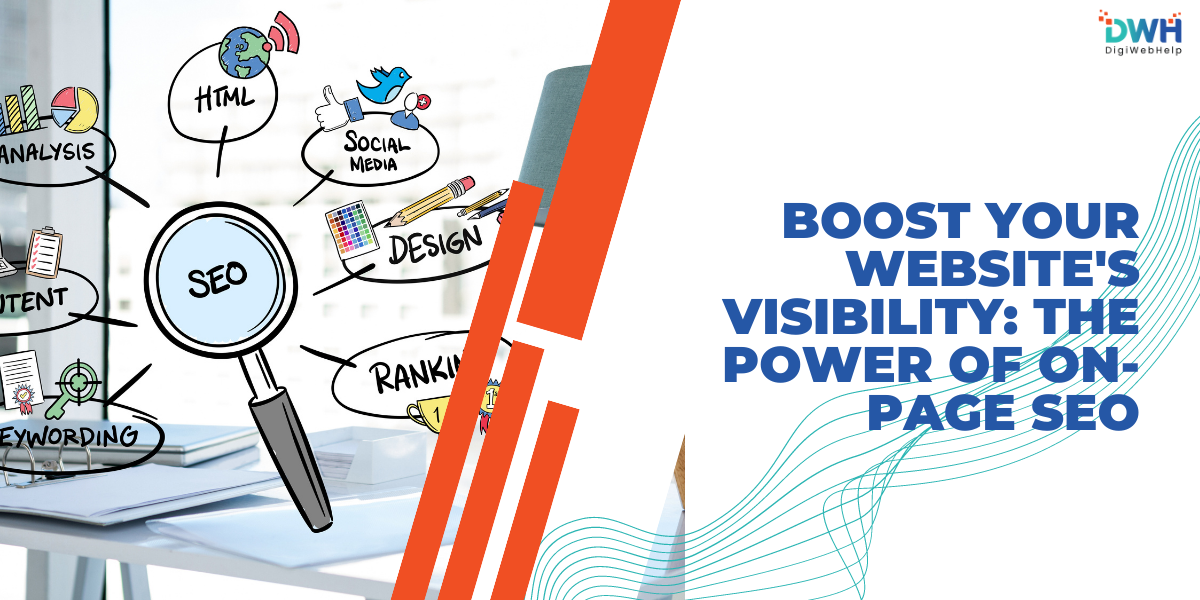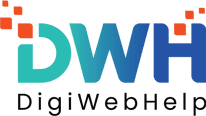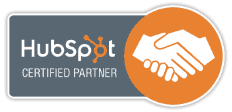
Boost Your Website’s Visibility: The Power of On-Page SEO
In today’s digital age, having a strong online presence is crucial for the success of any business. With millions of websites competing for attention, it is essential to optimize your website to stand out from the crowd. One effective strategy to improve your website’s visibility is through on-page search engine optimization. By optimizing various elements on your website, you can increase your chances of ranking higher in search engine results pages (SERP) and drive more organic traffic to your site. In this article, we will explore the power of On-page SEO and how you can leverage it to boost User’s website’s visibility.
What is On-Page SEO?
On-page SEO refers to the practice of optimizing individual web pages to improve their search engine rankings and drive relevant organic traffic. Unlike off-page SEO, which focuses on external factors like backlinks and social signals, on-page SEO involves optimizing elements directly on your website. By optimizing various on-page factors, you can signal to search engines that your website is relevant and valuable to users searching for specific keywords.
Key Elements of On-Page SEO
Keyword Research
Perform comprehensive keyword research to pinpoint the most pertinent and valuable keywords for your website. These are the terms that your target audience is likely to utilize when searching for products or services related to your business. Utilize keyword research tools to uncover high-volume keywords with manageable competition. Integrate these keywords strategically across your website’s content, including titles, headings, meta tags, and body text. By incorporating these keywords effectively, you can optimize your website’s visibility in search engine results, attract relevant traffic, and enhance the overall discoverability and success of your online presence.
Title Tags and Meta Descriptions
Title tags and meta descriptions are HTML elements that offer brief descriptions of your web pages. Optimize your title tags by incorporating relevant keywords and crafting unique, compelling titles that attract user clicks. Likewise, create informative meta descriptions that accurately summarize your page’s content and include relevant keywords to enhance click-through rates. By implementing these strategies, you can improve the visibility and clickability of your web pages in search results, driving more traffic to your website. Thoughtfully crafted title tags and meta descriptions serve as persuasive snippets that entice users to click and explore your valuable content.
URL Structure
Develop succinct and user-friendly URLs that seamlessly integrate relevant keywords. Structured URLs facilitate search engine comprehension of your page’s content, ultimately enhancing the user experience. Avoid lengthy, convoluted URLs with numbers and special characters, and opt for descriptive keywords that accurately portray the page’s content. This approach optimizes your URL structure, enabling smoother navigation, improved search engine visibility, and an enhanced user experience. By adopting these practices, you can effectively align your URLs with both user and search engine requirements, resulting in increased accessibility and better overall performance.
High-Quality Content
In on-page SEO, quality content reigns supreme. Produce valuable, informative, and captivating content that deeply connects with your intended audience. Seamlessly integrate relevant keywords within your content, ensuring a natural and effortless flow. Enhance readability by incorporating headings, subheadings, and bullet points. Moreover, enrich the user experience and promote social sharing by including multimedia elements such as images, videos, and infographics. By adhering to these practices, you can create compelling content that not only appeals to search engines but also resonates with your target audience, ultimately driving engagement and fostering organic growth.
Image Optimization
Optimize your website’s images by reducing file sizes without compromising quality. Compressed images enable faster load times, enhancing page load speed which is crucial for search engine rankings. Additionally, utilize descriptive alt tags to provide image context for search engines and improve accessibility for visually impaired users. These practices optimize image efficiency, ensuring a seamless browsing experience and increased visibility on the web. By implementing these techniques, you can improve your website’s performance, attract more visitors, and enhance user satisfaction, ultimately leading to better search engine rankings and online success.
Mobile Optimization
In the era of mobile browsing dominance, it is imperative to prioritize mobile responsiveness when optimizing your website. Guarantee a seamless browsing experience across various devices by ensuring your website is mobile-friendly. A mobile-optimized website not only enhances user experience but also positively influences search engine rankings. By prioritizing mobile responsiveness, you can cater to the needs of the majority of internet users who access websites through mobile devices, ultimately improving engagement, increasing visibility, and maximizing the overall success of your website in the ever-evolving digital landscape.
Internal Linking
Integrate internal links throughout your website to establish a hierarchical structure and assist search engine crawlers in navigating your content. These links aid search engines in discovering and indexing your pages, establish an information hierarchy, and distribute link equity across your website. Moreover, internal links enhance user experience by facilitating website navigation, increasing engagement, and reducing bounce rates. By strategically incorporating internal links, you can optimize your website’s visibility to search engines, improve user navigation, and ultimately enhance the overall performance and success of your online presence.
Page Loading Speed
The speed at which your web pages load greatly influences both user experience and search engine rankings. Improve your website’s performance by reducing file sizes, implementing browser caching, and leveraging content delivery networks (CDNs) to deliver content swiftly to users around the globe. Regularly monitor and optimize your website’s loading speed to guarantee a seamless and uninterrupted browsing experience. By implementing these strategies, you can optimize your website’s overall performance, enhance user satisfaction, and boost your visibility in search engine rankings, leading to increased traffic and engagement.
Conclusion
On-page SEO plays a vital role in improving your website’s visibility and driving organic traffic. By optimizing key elements like keyword usage, title tags, meta descriptions, URL structure, content quality, image optimization, mobile responsiveness, internal linking, and page loading speed, you can enhance your website’s chances of ranking higher in search engine results. Remember that on-page SEO is an ongoing process, and it requires continuous monitoring, analysis, and adaptation to keep up with evolving search engine algorithms. Invest time and effort in implementing effective On-Page SEO strategies, and watch your website’s visibility soar to new heights.
DigitalWebHelp—we’re always happy to help!


